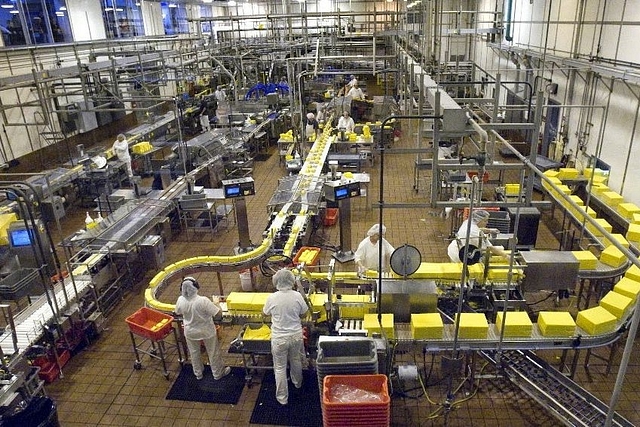
Economy Recovering To Pre-Covid Levels Won’t Be Enough, Since That Itself Was Slowdown Time
Economic activity is still not at the same levels as it were in 2019, which was a growth slowdown year.
This means that the process of recovery may be swift but will only be to the pre-Covid-19 levels, which is modest.
Many wonder whether the Indian economy will recover fast, and what will the recovery look like.
The answer to that lies in understanding that Indian economy experienced a growth slowdown from the second quarter of 2018. That this slowdown continued throughout 2019 is well known. There were signs of recovery from the third quarter of the previous financial year and the expectation was that things will be better in the current financial year.
However, the current financial year began with the first quarter (at least April and May) being nearly one where 60-70 per cent of the economy was shut, first due to lockdown and later due to gradual opening up of the economy. These factors are important when one looks at the data for index of industrial production (IIP), or even for goods and services tax (GST) collections.
The monthly collections in April were Rs 32,294 crore while in May at Rs 62,000 crore. This has improved in June to Rs 90,917 crore which is 9 per cent lower than the June 2019 figure which stood at Rs 99,940 crore.
This means that there is a definite pickup in economic activity and consumption.
A part of it is because of economic activity opening gradually across major parts of the country over the last two months.
However, we must remember that economic activity is still not at the same levels as it were in 2019, which was in fact a growth slowdown year. This means that the process of recovery, while it may be swift, it will only be to the pre-Covid-19 levels which is, in fact modest compared to India’s potential to grow at 7-8 per cent per annum.
However, there are other indicators that are encouraging such as record high level of sales of tractors. This indicates that rural India is doing considerably better than anticipated.
Covid-19 has disrupted primarily manufacturing and services sectors, which means that the rural sector has witnessed only minor disruptions. The strong performance of the rural sector signals a possibility for a pickup for FMCGs over the coming few months.
That the economy is on its path to recovery is well recognised now as we see significant improvements in electricity production and consumption. This combined with the reduction in the unemployment rate as measured by Centre for Monitoring Indian Economy (CMIE) also indicates that we are likely to be back to the pre-Covid-19 situation.
It is important to remember that while the recovery to pre-Covid-19 levels has been swift, there is still a long way to go before we reach our potential growth rate. This means that we will have to continue with the policy support, including keeping the interest rates at the present level, if not lower till the time bank credit picks up.
The key vulnerability has been the financial sector, which has been dealing with its own set of challenges since 2018. Some of these challenges have been addressed over previous months but restructuring of existing debt and providing support to stressed firms becomes essential given the extent of Covid-19 shock.
As economic activity stabilises over the coming few quarters, we can expect a gradual growth revival which could be aided by an increase in private capital formation and more foreign direct investments (FDIs) in the manufacturing sector, especially in a few key areas where India continues to have a competitive edge.
One thing is for certain, that economic activity has swiftly restored to the pre-Covid-19 levels and that the worst of the crisis is perhaps over. Now we just have to hope for no more exogenous shocks over the next couple of quarters to finally get our growth back on track.